‘Escalator Over the Hill,’ Explained
Spearheaded by Carla Bley, Paul Haines, and Michael Mantler, it’s one of the most ambitious albums ever recorded.

In 1967 at the height of musical experimentations across all genres, 31-year-old Carla Bley began work on an epic jazz opera, Escalator Over the Hill, one of the most audacious recordings of the era. It took four years to complete. The work featured a cast of more than 50 players, ranging from important avant-jazz players to rock stars to a pop artist on the rise, Linda Ronstadt.
The full Escalator Over The Hill project was rejected by various labels, and finally released in 1971. It was eventually released by JCOA Records, formed by the non-profit Jazz Composer’s Orchestra Association Bley and her then-husband Michael Mantler had been instrumental in forming. The story of the entire project follows a labyrinthian path of personnel fluctuations, cross-country taped contributions, shifts in recording and mixing facilities, and financial difficulties that often forced the entire operation to go into hiatus mode.
Listen to Escalator Over The Hill now.
Nonetheless, Bley persisted in making her debut album as a leader. Today, she reflects back on her youthful magnum opus: “It takes a long time to listen to,” she says. “It’s insane.” She pauses with a smile and adds, “Insane is good.”
Many agreed. In Rolling Stone, Jonathon Cott wrote of the result: “Like an electric transformer, Escalator Over the Hill synthesizes and draws on an enormous range of musical materials – raga, jazz, rock, ring-modulated piano sounds – all brought together through Carla Bley’s extraordinary formal sense and ability to unify individual but diverse musical sections…The opera is an international musical encounter of the first order.”
For those unfamiliar with the album, this article intends to answer some of the key questions about what is one of the most impressive records ever released.
What was Carla Bley’s upbringing like?
Lovella May Borg was born in the flatlands of Oakland on May 11, 1936, not far from the city’s airport. Her father was a pianist and a fundamentalist Baptist church choir master who encouraged her to play. “I became a professional at 3. I would go around in the church playing songs like ‘This Little Light of Mine’ with a cup in my hand and people would put coins in. Even then, I knew I wasn’t playing for free.”
When she was 12, she went to the Oakland Auditorium to hear Lionel Hampton. “I was changed forever. That’s the kind of music I wanted to pursue. The band was marching up and down the aisles, and it was unusual music that I had never heard in church. My father called it the devil’s music.”
Carla left school in 10th grade and became a serious roller skater when she was 14. She skated in competitions but never placed high. “But I loved to listen to music. My excuse was to find music I liked and skate to it.” Back home, there was a succession of students coming to her house with a curtain between her room and the room where her father gave piano lessons. “I heard all the scales and all the mistakes of those poor students who were being forced by their parents to learn music. I saved all those mistakes and I used them daily.”
How did Carla get to New York City? And what impact did it have on her?
At 17, Carla ran away from home and made the cross-country trip to New York City. “I hitchhiked the whole way. It was so romantic. My whole life has been that way. Strange and romantic.” The first place she lived in New York was on a bench in Grand Central Station. “I guess you could say I was homeless. But then I almost immediately went to Café Bohemia in Greenwich Village and I just listened. My ears were falling off. I heard Miles Davis play my first night there. My life was magical. I just listened to Miles. I can’t explain it in words, but only in notes. The notes were perfect.”
Not long after she read an ad in the newspaper, she applied for a job as a cigarette girl at Birdland. “At the time, Birdland was a mob-run club. But I was fascinated by it. I’d do anything just to hear that music. I got a hotel room about a block from Birdland where a lot of the musicians stayed.” She listened to the radio constantly. The music would influence her and inspire her to write new arrangements of songs, such as “Lullaby at Birdland” that she re-envisioned in a John Lewis style.
How did she meet her first husband, pianist Paul Bley?
Carla started playing regular piano gigs at coffeehouses in the afternoons, and would go to Birdland in the evenings. In 1956, Paul Bley bought a pack of cigarettes from her even though he didn’t smoke. “I guess he just liked the way I looked or walked…I don’t know if I was that special… But I was useful as a composer and arranger. Every time he needed a tune, he would ask me for one. One night he needed five tunes for an album and I came up with all five in one night.”
How did Carla get introduced to artists playing new music?
As she was making her name as a composer and arranger, bassist Steve Swallow was bringing her music to every band date he played, including Art Farmer, Steve Kuhn, and vibraphonist Gary Burton, who “adored” her composition suite, A Genuine Tong Funeral. “I had abandoned getting anyone to record it. It was a dark opera without words. It was living on a shelf. But Steve turned Gary on to it.” Burton recorded it in 1967 with Carla on keyboards and artists such as Swallow on bass, trombonists Jimmy Knepper and Howard Johnson, saxophonist Gato Barbieri, and trumpeter Michael Mantler – all of whom Bley soon enlisted for the beginnings of Escalator Over the Hill.
How did Escalator Over the Hill start?
Carla had gone to the Five Spot to see her former husband Paul playing with Charles Mingus for an extended date. “I came every night as well as this guy Paul Haines. We introduced ourselves. He was a poet who had written liner notes, and we talked about doing something together. He was a writer of words, and I was a writer of notes. We thought, let’s do an opera. It really started without my knowledge or permission. I had a piece I was working on for myself, and I was sitting at the piano. I was stuck. He was living in Paris, and he sent me a poem. It fit exactly, syllable by syllable, into what I was writing. And his poem gave me the next phrase that I was missing. It was called “Detective Writer Daughter.” That was the first piece for Escalator. “I wrote right back, and said the opera is beginning. Meanwhile, he was corresponding to me from India. It wasn’t very orderly, and it took a long time. He sent me more writings, and I didn’t leave out one word, not even an ‘and’ or ‘I’ or ‘but.’ I used every word he sent. News traveled fast about what I was doing and people wanted to jump in.”
Why call Escalator Over the Hill an opera?
According to a document Bley wrote after the album was finished and was reprinted in Ethan Iverson’s Do the Math: “The term “opera” was used loosely from the start, an overstatement by two people who didn’t have to watch their words. We ended up calling it a chronotransduction, which was a word coined by Sherry Speeth, a scientist friend of Paul’s, although we still call it opera for short.”
Why is it so long?
Inspired in part by the suite-like concepts on Sgt. Pepper’s Lonely Hearts Club Band and Magical Mystery Tour, Carla decided to stretch. “I write long because I can’t figure out an ending. Seriously, I write until it has an ending. [On] Escalator, there was no ending. I kept writing and writing and writing to be perfect.” Haines kept sending lyrics from India, and Bley worked to find melodies to fit them. “The possible meaning of their words didn’t matter to me. I just thought they were strange and wonderful.”
How did the eclectic cast for the recording come together?
In Bley’s mind, there was never any question about using her main crew: Gato Barbieri, Roswell Rudd, Don Cherry, Charlie Haden, and other long-time friends and accomplices. Finding singers was a bit more challenging. “I had met Jack Bruce backstage when he was playing with Cream, and he told me he really liked Gary Burton’s A Genuine Tong Funeral. So he joined in.” Viva, of Andy Warhol fame, agreed to be the narrator, but the character Ginger was still missing. Drummer Paul Motian suggested that Bley request then-unknown Linda Ronstadt, whose manager was excited about the project. As far as other roles and performances, Bley said yes to everyone that expressed an interest. Even her four-year-old daughter Karen Mantler played a part.
What else was so unique about Escalator?
At a time in the recording industry when a double LP was considered excessive, Bley maintained that her vision could only be fulfilled by releasing Escalator Over the Hill as a triple LP. She also provided extensive liner notes with lyrics, photos, and profiles of the cast. At the time, while some artists were including unexpected hidden tracks as a bonus at the end of their albums, Bley took the surprise element a step further. On Side 6 she used a locked groove at the end of the final track “…And It’s Again” to render an infinite, mesmerizing hum on manual record players.
Where was Escalator Over the Hill recorded?
Given the rapport Bley had with RCA Studios during the Gary Burton album, she was offered time and space. In her personal notes on the album, Bley said she needed lots of space, because she planned to have as many as 30 musicians in the studio at one time, in addition to lights and cameras to film the proceedings. Bley also did a recording in the Public Theatre building, while other takes were done on handheld portable recorders.
When she and Michael Mantler retreated to a summer house in Maine, they packed up their tape recorders and the 75 seven-inch reels that contained copies of everything they’d recorded, bought a generator (their old farm had no electricity), and moved the entire operation to Maine.
Back at RCA, using the best of the things they had so far, they put a tape together and began the difficult task of mixing one of the key songs, “Rawalpindi Blues.” In her personal notes, she said, “We had indiscriminately filled up all 16 tracks right at the beginning and then crammed in other elements wherever there was the slightest space. So when we finally got down to mixing it, it took two full days… They used to flinch at RCA when we called in and told them how many machines we would need that day. From then on we tried to keep things simpler.”
At the time of its release, how did people respond to the album?
In 1972, Melody Maker readers named it Jazz Album of the Year, and the French Académie du jazz called it the best modern jazz album. That same year, Bley was given a Guggenheim award for composition.
How do critics regard Escalator Over the Hill today?
In a 2011 Carla Bley biography by Amy C. Beal, the author writes: “All dimensions of Escalator Over the Hill are extravagant. The long (a triple album, nearly two hours) stylistically eclectic work fuses singers and players from all over the musical map – 53 individuals participated in the recording, including some of the most productive and original jazz and rock musicians working at the time. . . . The work as a whole seems simultaneously to assimilate and annihilate rock gestures, jazz harmonies, and classical structures. By nature of its absolute autonomy, Escalator Over the Hill also seems to thumb its nose at all musical authorities and institutions, particularly the recording industry. In this sense, it is perhaps the quintessential anti-establishment statement of its time.”

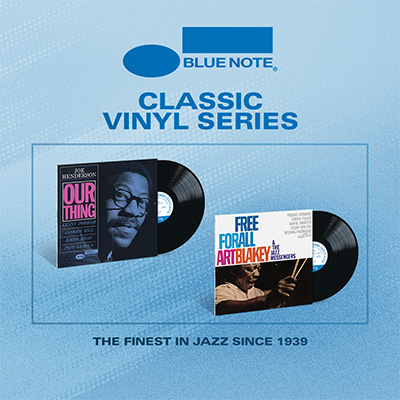







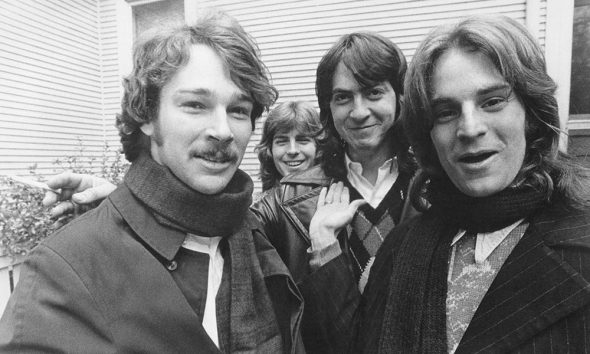
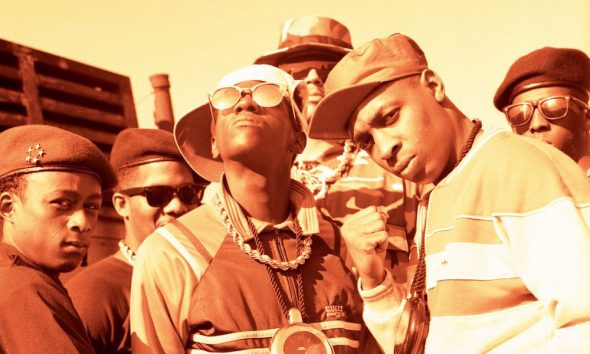
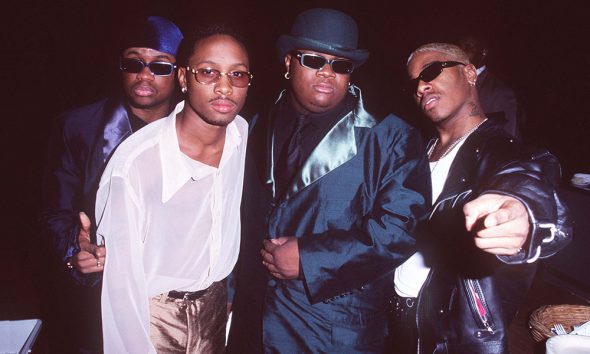
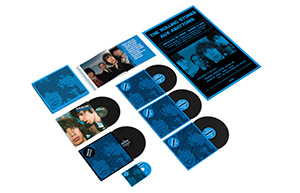
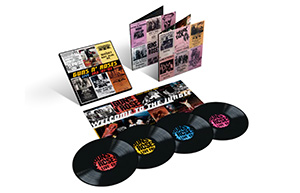
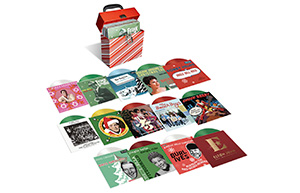
Amy C. Beal
October 14, 2021 at 11:12 pm
Thank you for featuring this incredible work.
Just a minor correction: The quoted material you refer to (“In Bley’s words . . .”) in the final section of this article are actually my own written words, not Bley’s (see pages 42-43 of my 2011 book, “Carla Bley”).
Todd Burns
October 14, 2021 at 11:54 pm
Thank you for the correction, Amy! We’ve updated the article to reflect this.